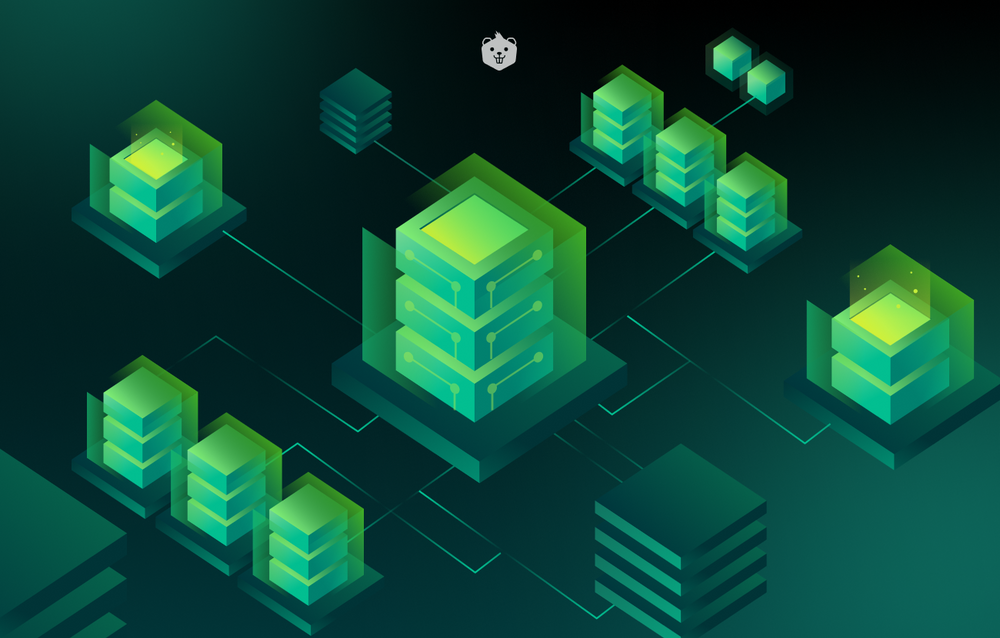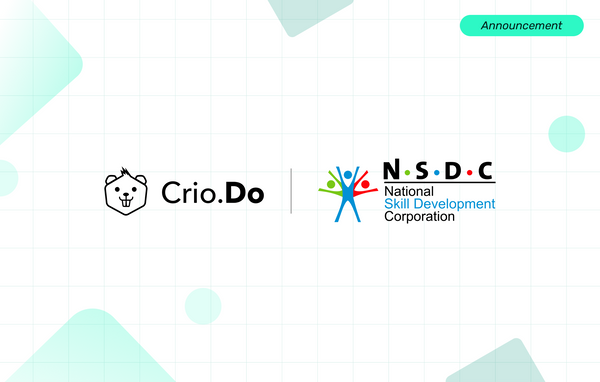What is Microservices Architecture?
Microservices architecture, also known simply as Microservices, is a design pattern for software development. The fundamental principle of this architecture is to break down applications into a collection of small, loosely coupled services. Instead of creating a single, monolithic program, the application consists of multiple independent components that are deployed and operated separately.
Each service in the microservices architecture performs a specific process and communicates with others via a well-defined API (Application Programming Interface) and lightweight protocols, such as HTTP/REST or asynchronous messaging. The services are organized around business capabilities, and each service is designed to be developed, deployed, and scaled independently.
Characteristics and Benefits of Microservices
Microservices exhibit several distinctive characteristics:
- Single Responsibility: Each microservice focuses on a single task or process.
- Decentralized Data Management: Each service manages its own database and data model.
- Autonomy: Services can be independently developed, deployed, and scaled.
- Fault Isolation: Failures in one service do not affect others directly.
- Technology Diversity: Different services can be written in different programming languages, and use different storage technologies.
Here are some key benefits of using microservices:
- Scalability: Every service can be scaled individually based on the requirements.
- Development Speed: Teams can develop and deploy services independently, increasing overall speed and productivity.
- Fault Isolation: When a problem occurs in one service, it is isolated from the rest of the services.
- Technological Freedom: Developers are free to choose the best technology stack for each service.
Comparison with Monolithic Architecture
Unlike microservices, a monolithic architecture builds the entire application as a single, unified unit. Changes to any part of the application require building and deploying a new version of the entire application. In contrast, in a microservices architecture, changes to a single service require only that service to be redeployed.
While monolithic applications can be simpler to develop and test initially, they can become complex and unwieldy as they grow. The isolated nature of microservices allows for more manageable complexity, easier scaling, and quicker iterations.
Microservices Testing Strategies
Testing microservices involves several layers:
- Unit Testing: Tests the smallest testable parts of a service.
- Integration Testing: Checks if services work correctly together.
- Contract Testing: Ensures that services can communicate with each other as expected.
- End-to-End Testing: Validates the entire process flow in the application.
- Performance Testing: Evaluates the system's behavior and responsiveness under specific workload conditions.
Microservices architecture introduces complexity but also provides robustness, scalability, and independence between services. However, careful design, thorough testing, and diligent monitoring are required to fully leverage these advantages.









